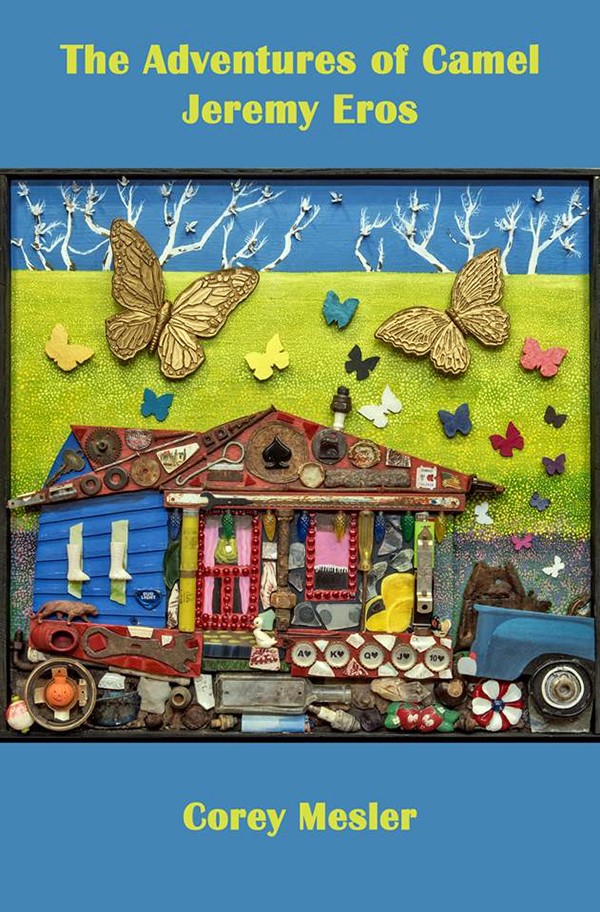Some books get into you, worming their way into your psyche. Scenes from their pages bubble up from the depths of your mind at the oddest times. You’re doing the dishes, listening to an album or a podcast, and a snippet of remembered dialogue sends shivers down your spine. When the last page is turned, these books leave a void in their wake.
Gus Moreno’s This Thing Between Us (MCDxFSG Originals) is such a book. Which is fitting, because This Thing Between Us is a book about the void, about the spaces we leave behind when we go, and about the grief that fills them.
The novel, which takes the form of a letter to the protagonist’s dead wife, written as a sort of coping mechanism-meets-exorcism, feels personal, as though Moreno rewrote journal entries and mixed in some supernatural elements. It’s also incredibly timely in its meditations on grief, loneliness, belonging, and the pervasive intrusion of consumer technology, arriving as it does at the tail-end of the 19th month of a global pandemic, with all its death and enforced distance and disturbingly chipper advertisements.
In This Thing Between Us, Thiago mourns his deceased wife Vera and attempts to navigate the uncertain waters of social life after loss. At the funeral, Vera’s old boss throws himself into Thiago’s arms, sobbing. Some of Thiago’s and Vera’s friends want him to move on, but he’s stuck, a ghost of his former self, walking through his routines but finding no comfort there. Bit by bit, at first hardly noticeable through the fog of his grief, things begin to get more and more bizarre around Thiago. It all began when Vera talked him into getting an advanced at-home smart speaker, Itza.

“The things that were happening in our condo, as long as we never drew them to a single source and gave it a name, it couldn’t take shape. But with every strange noise, every random package, it had felt like we were being pushed toward calling it what it was, calling it into existence, and when we did the world would laugh at us,” Moreno writes. “We pretended it didn’t exist and you ended up dead. Every unexplained memory was crashing down on me, collapsing into a single source. The condo, the dreams, Itza, the cyanide bomb, the wall, it was all the same thing. Ghost didn’t feel like a big enough word.”
Moreno writes about feelings and experiences for which words can never be big enough. And he does it, not only with skill and grace, but with a grasp of genre capable of igniting a page-turning frenzy in the reader.
The key to making a thriller or horror story is making it convincing. Why do the would-be victims stay? Why does no one speak up sooner? Usually, the answer is some version of “they’re afraid to admit they’re in danger,” and Moreno plays with a version of this idea. Thiago, who saw himself as the supporting character, the lesser in an unequal partnership, isn’t sure he cares if he is in danger. Maybe he deserves whatever happens. At times, he believes that he’s cursed, so it’s easy for him to ignore the warnings — the strange, sometimes threatening packages of things they didn’t order, the voices, the cold spots in the apartment, the suspiciously sudden appearance of a friendly stray dog.
Tasteful nods to other classics in the genre abound, such as a scene from The Exorcist Thiago glimpses while flipping channels, which later stands as a sort of protective amulet, hinting at the way the seemingly trite flotsam and jetsam of pop culture can be sources of strength in times of deep sadness. Along with Moreno’s atmospheric approach, much of the heavy lifting is taken care of, leaving the reader’s imagination wide margins to conjure its own fears to fill the space.
One can’t help but hope that, when faced with the unfathomable, Thiago will summon the strength to save himself. In the end, Moreno’s This Thing Between Us does what only the best horror can — gives the reader reason to hold onto their humanity.

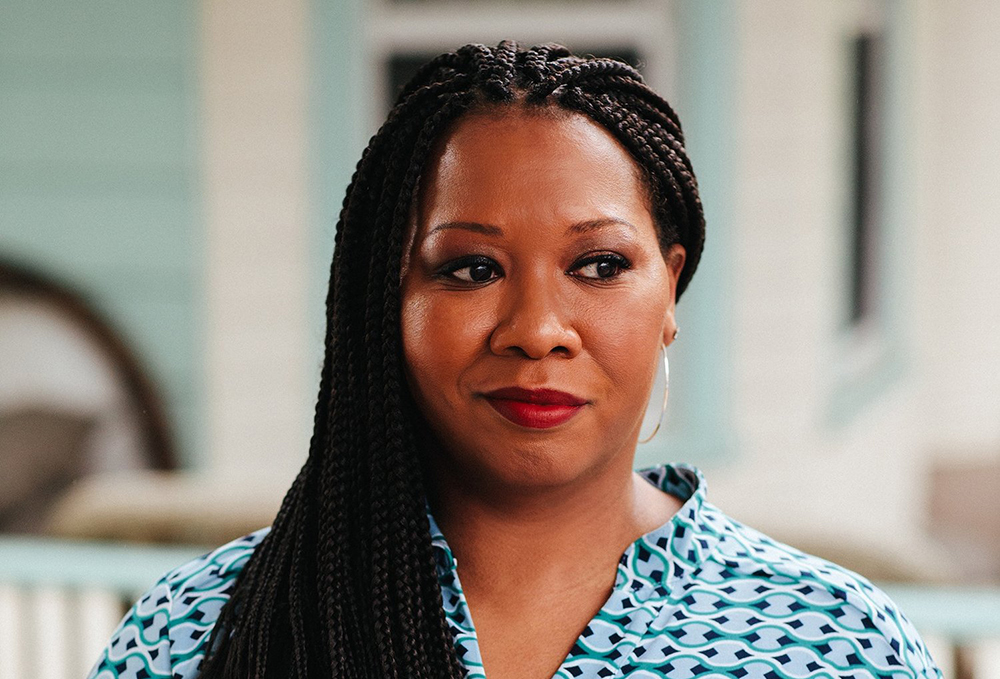
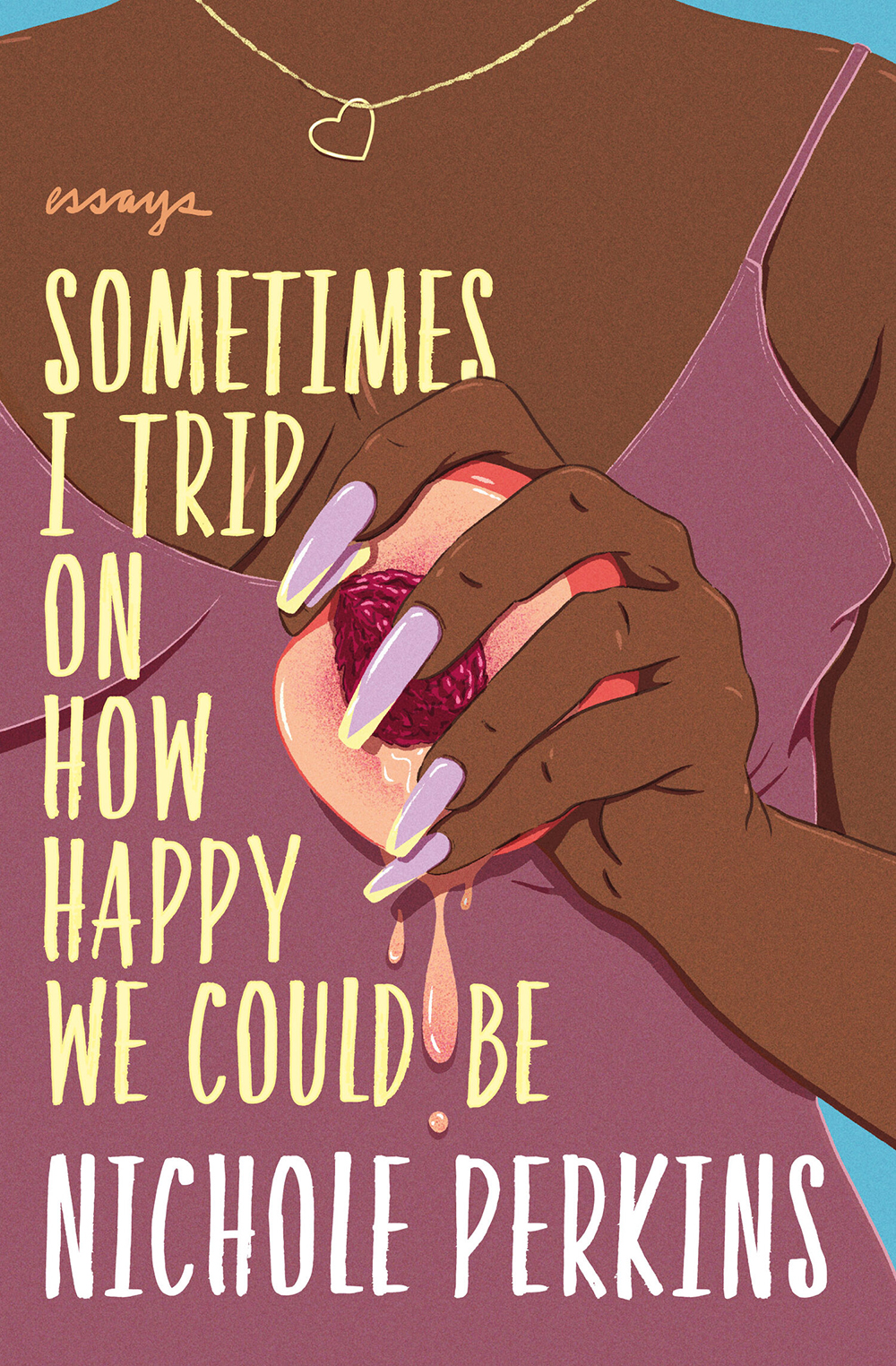


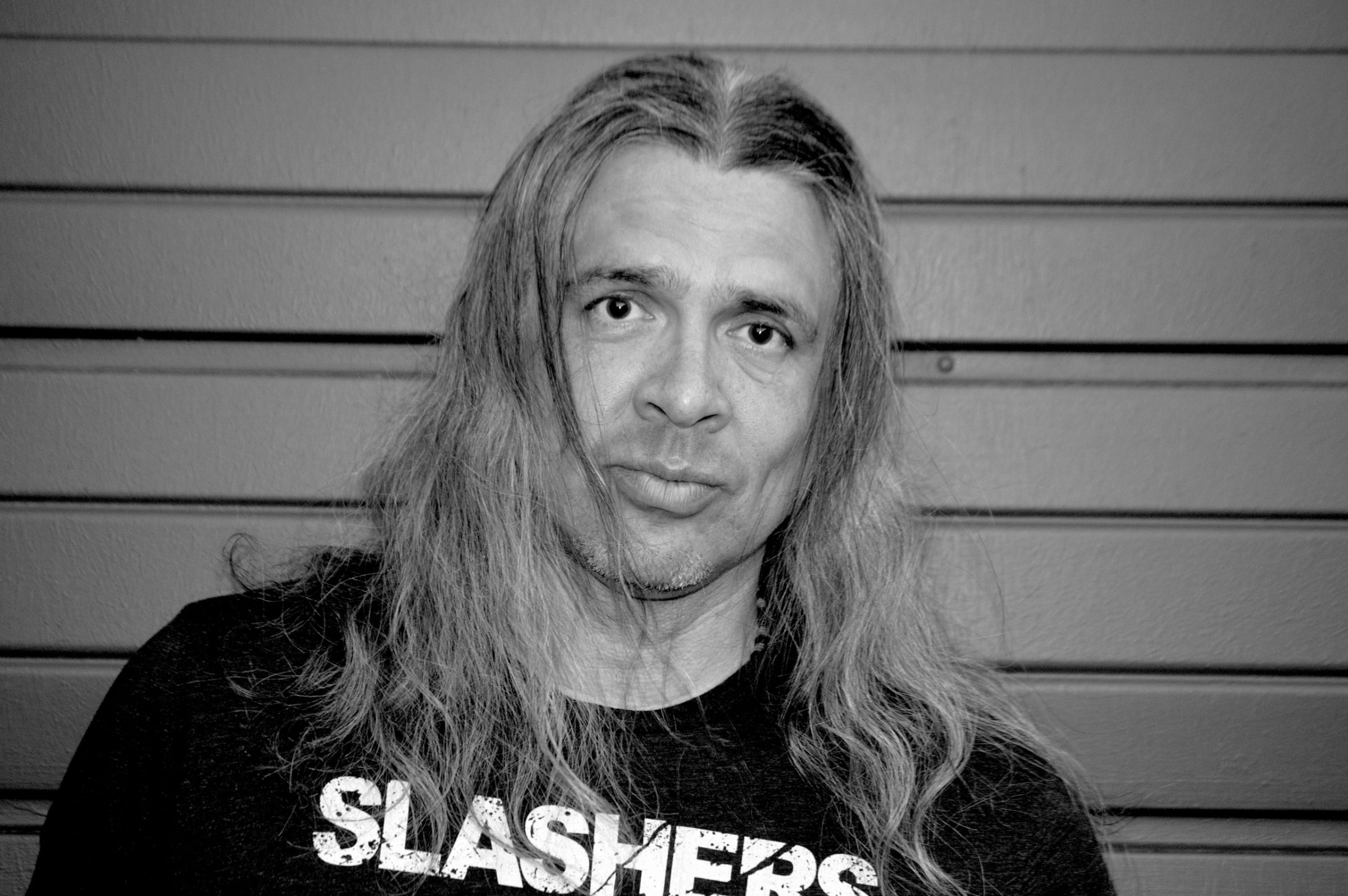
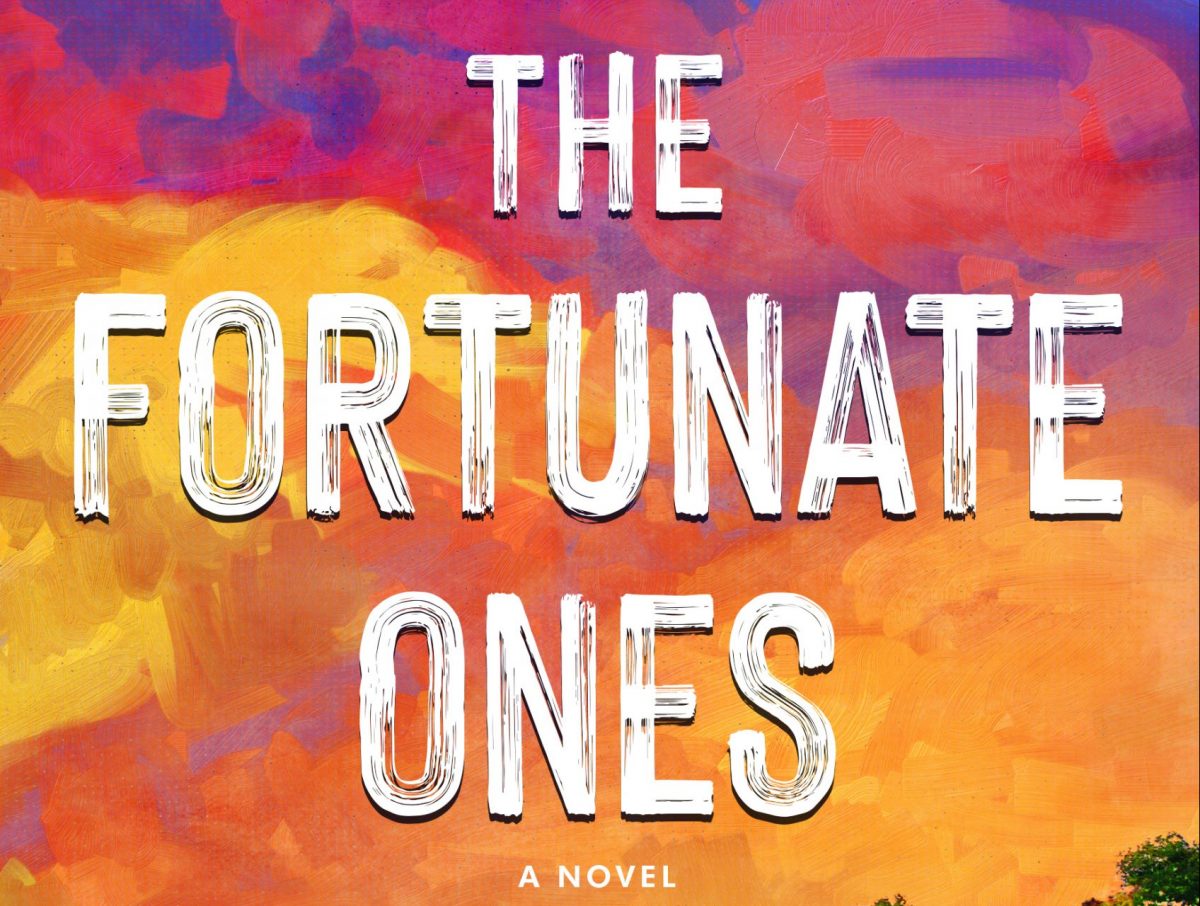

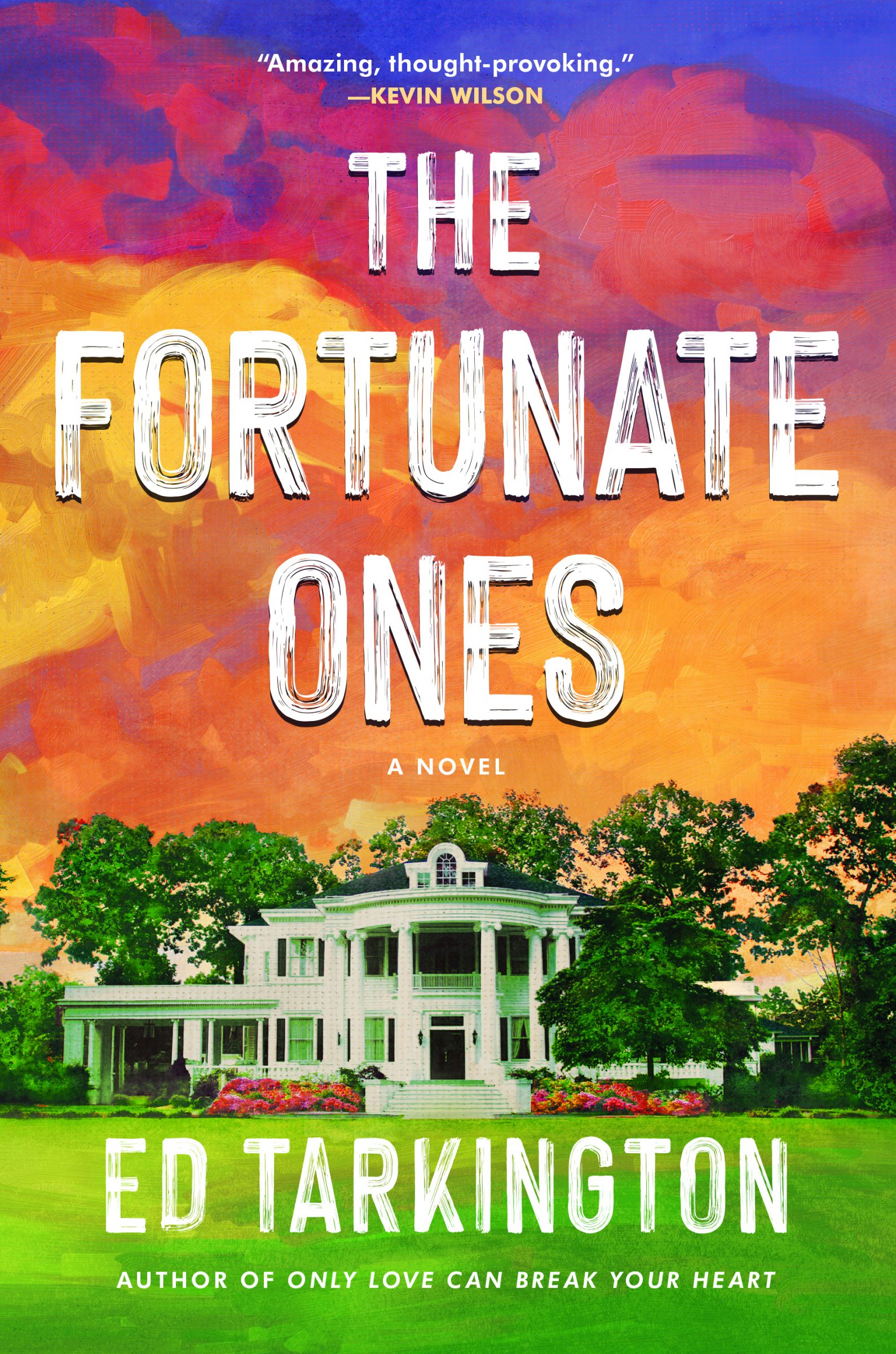
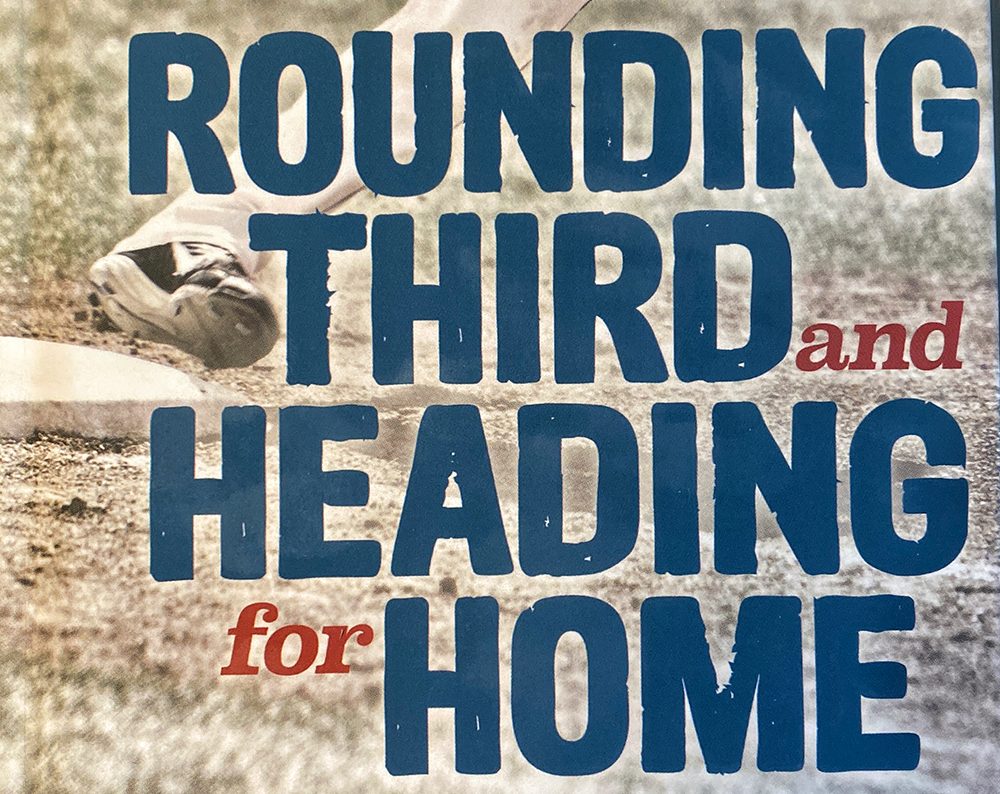
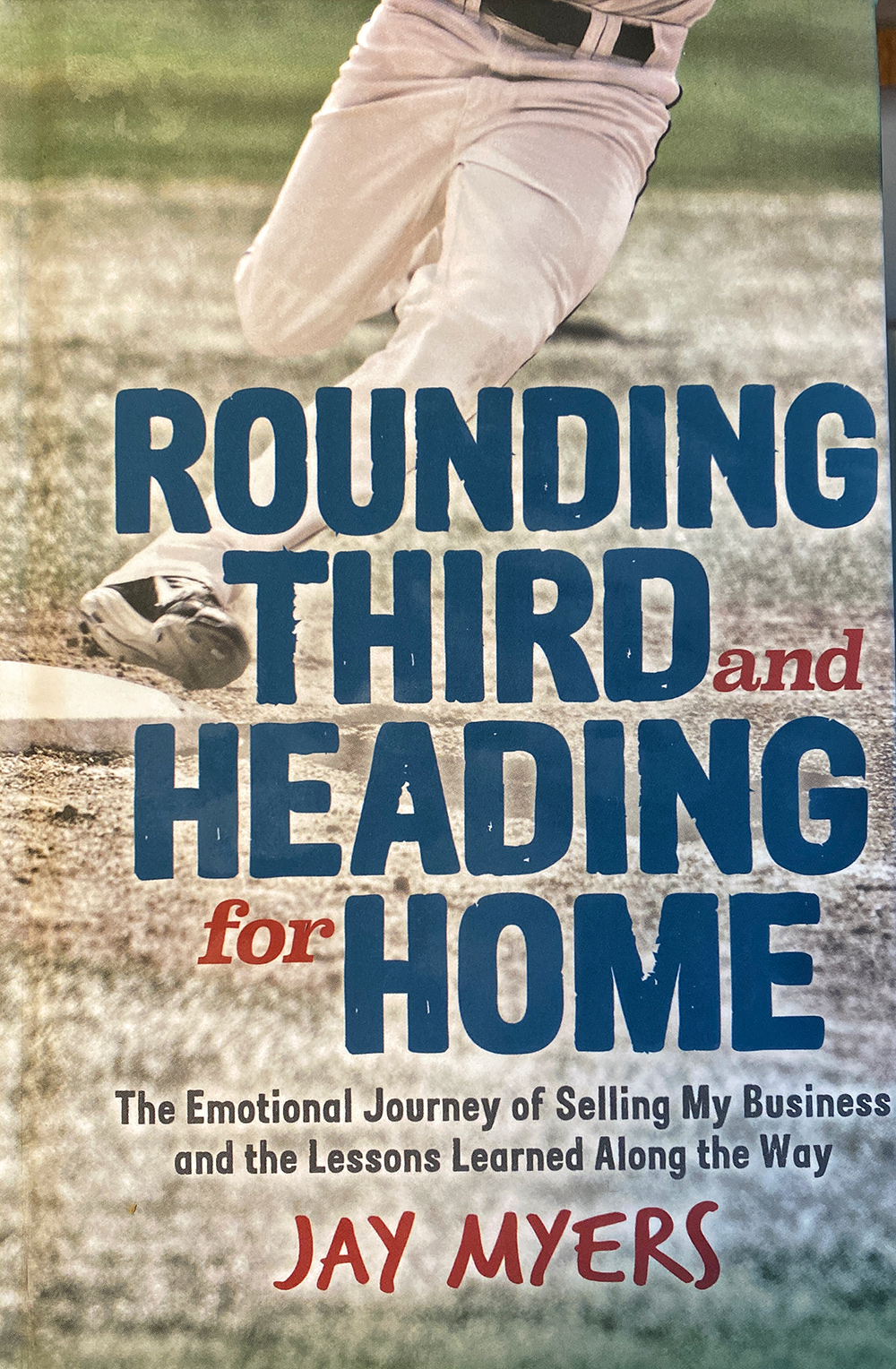
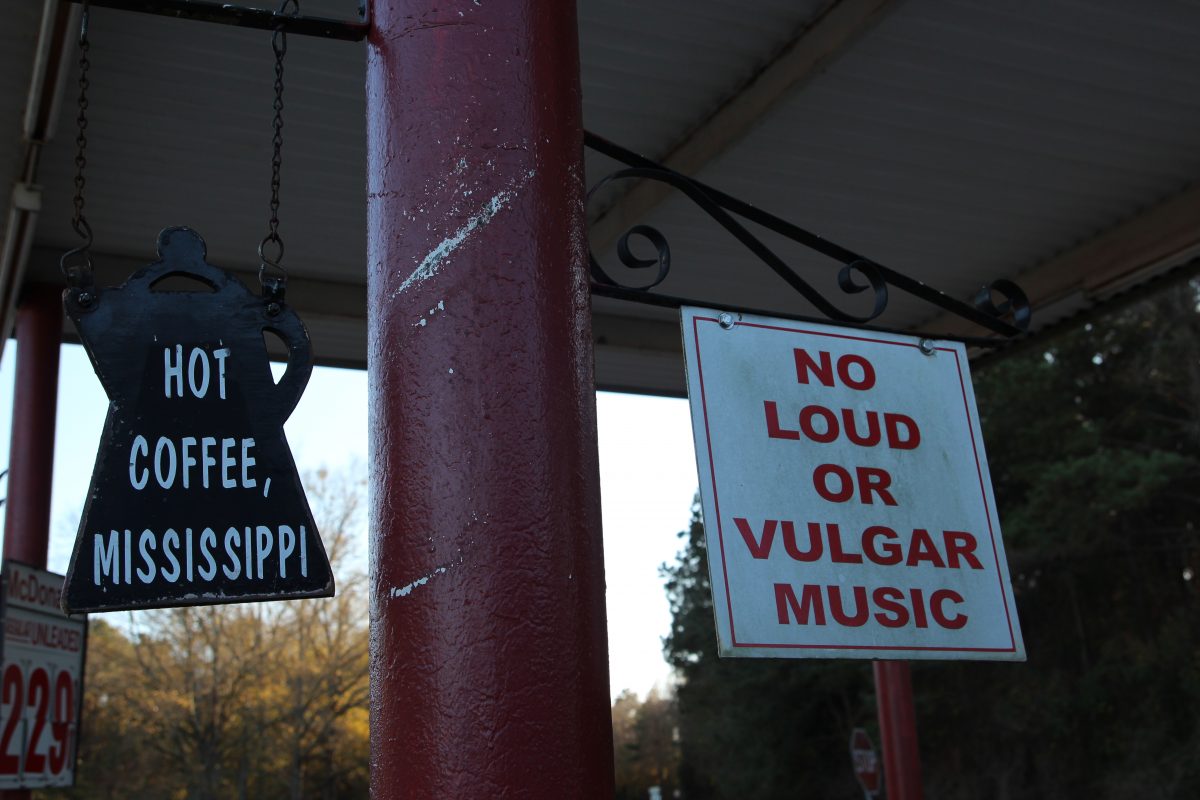

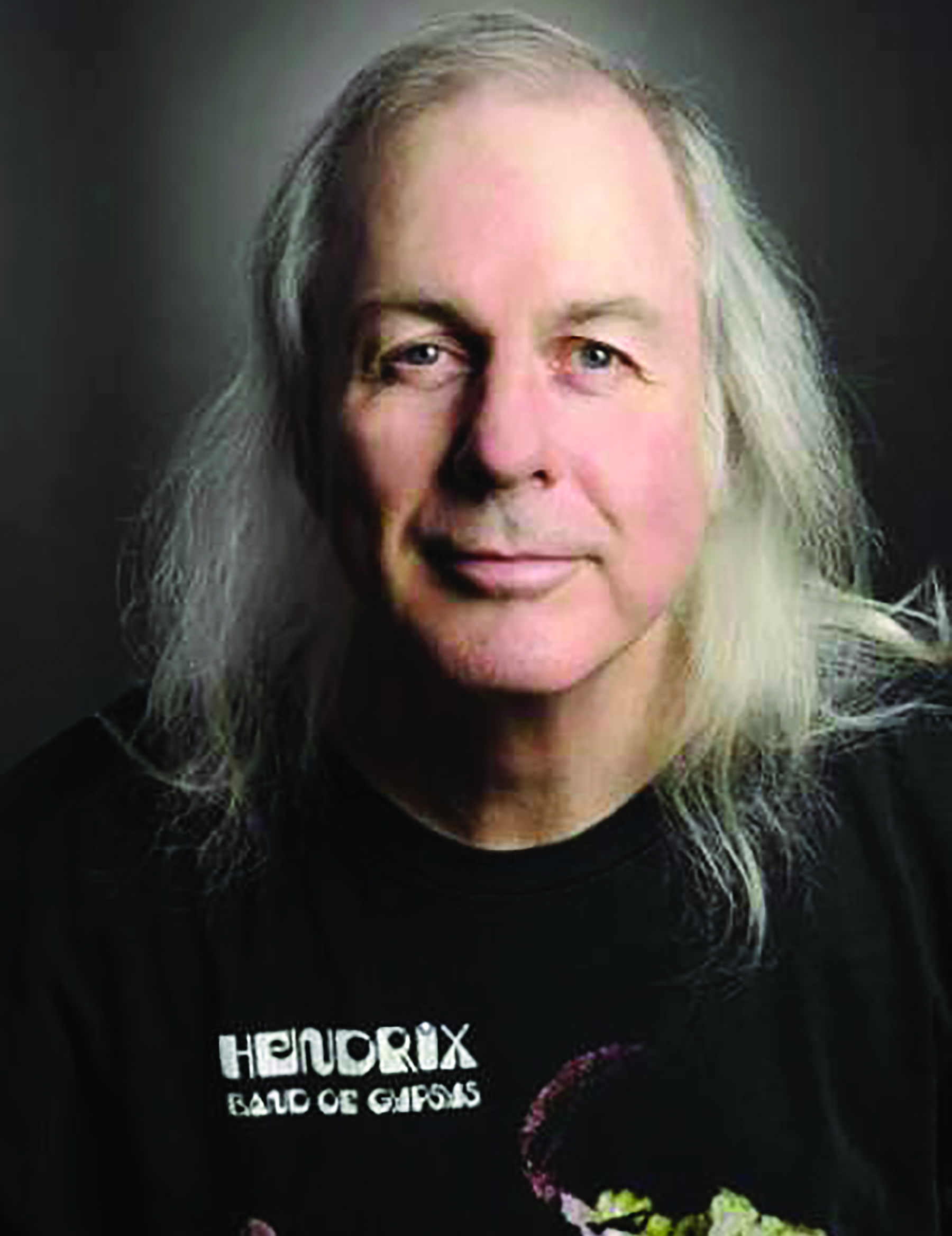
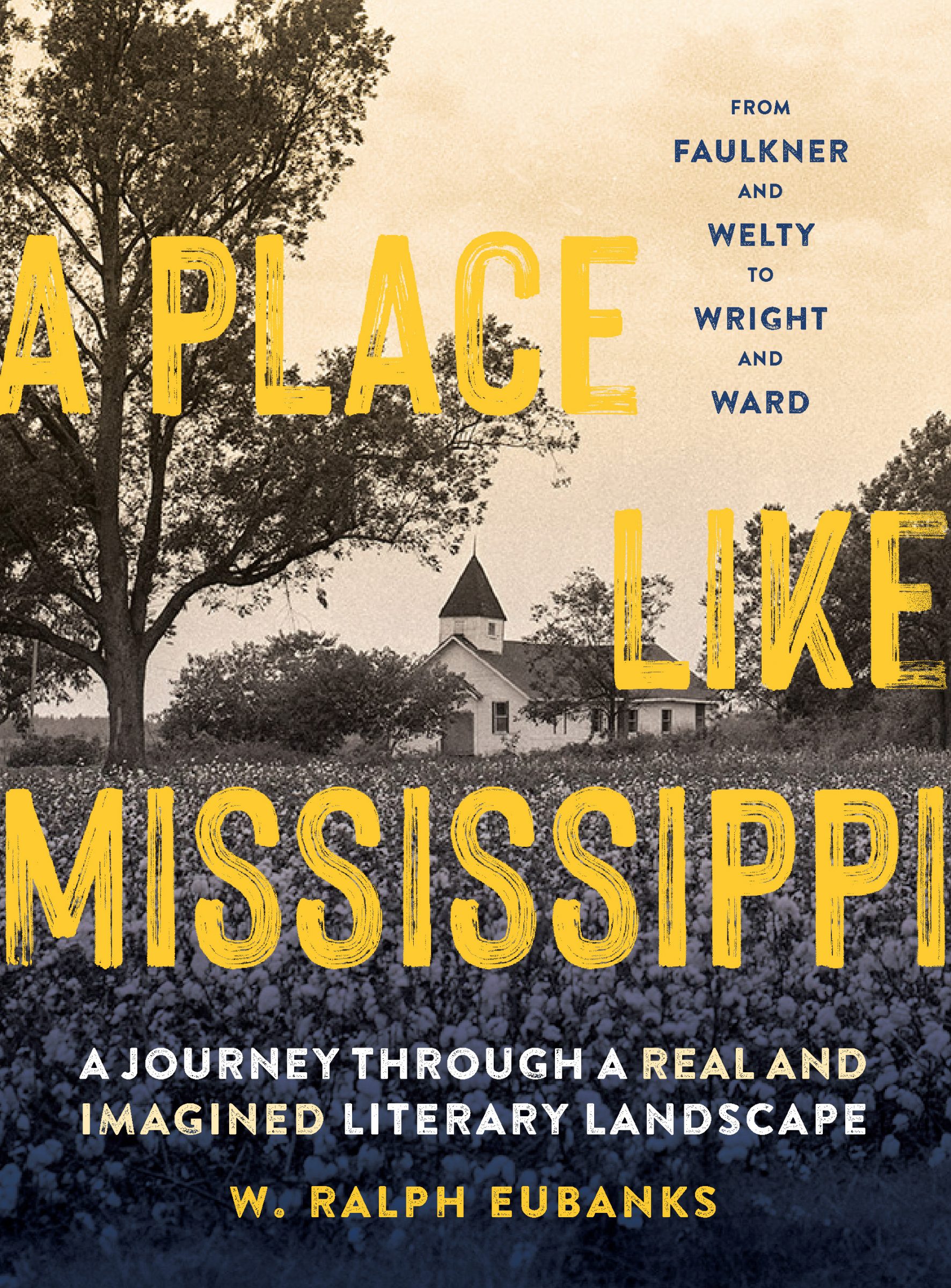
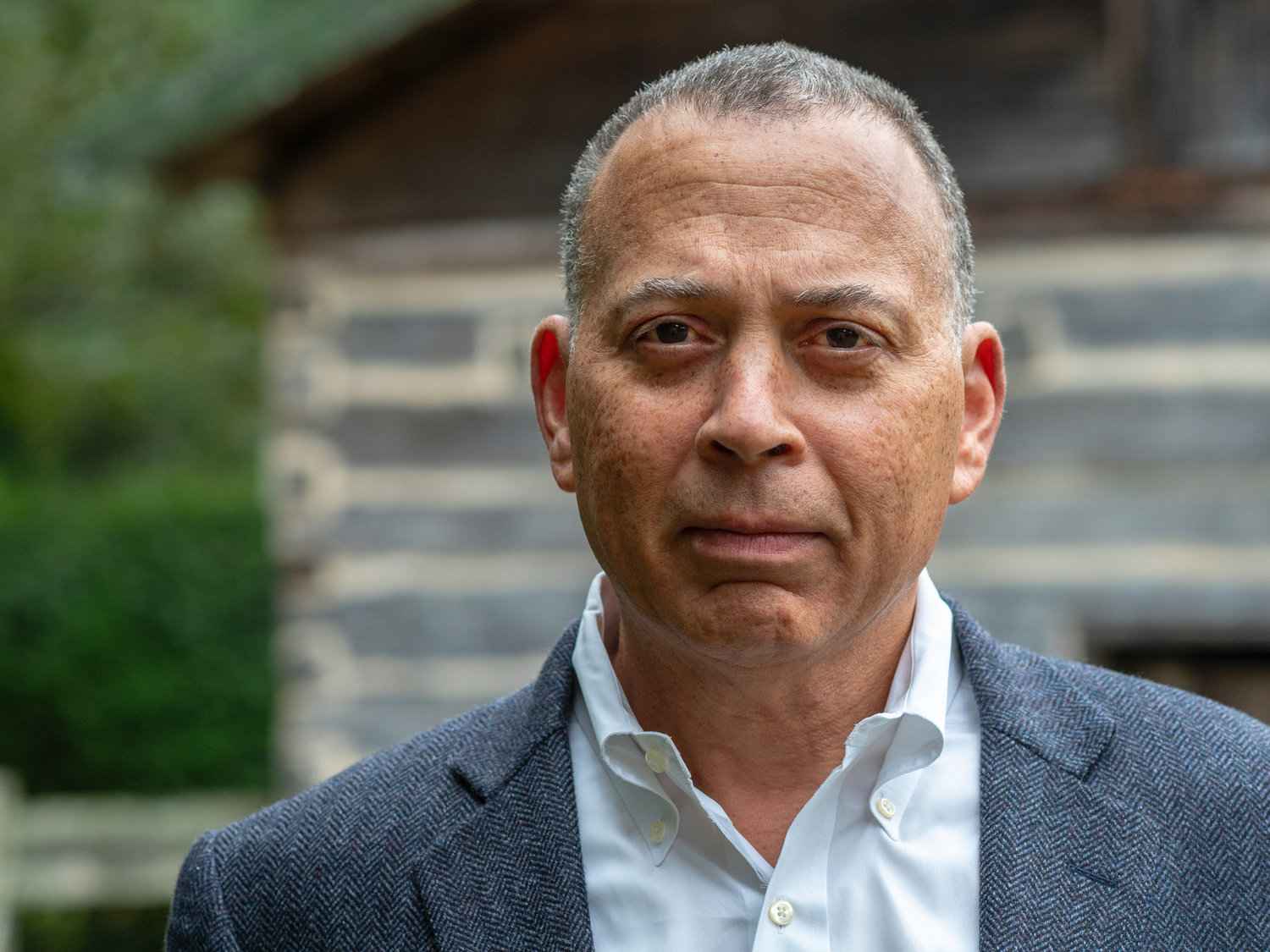
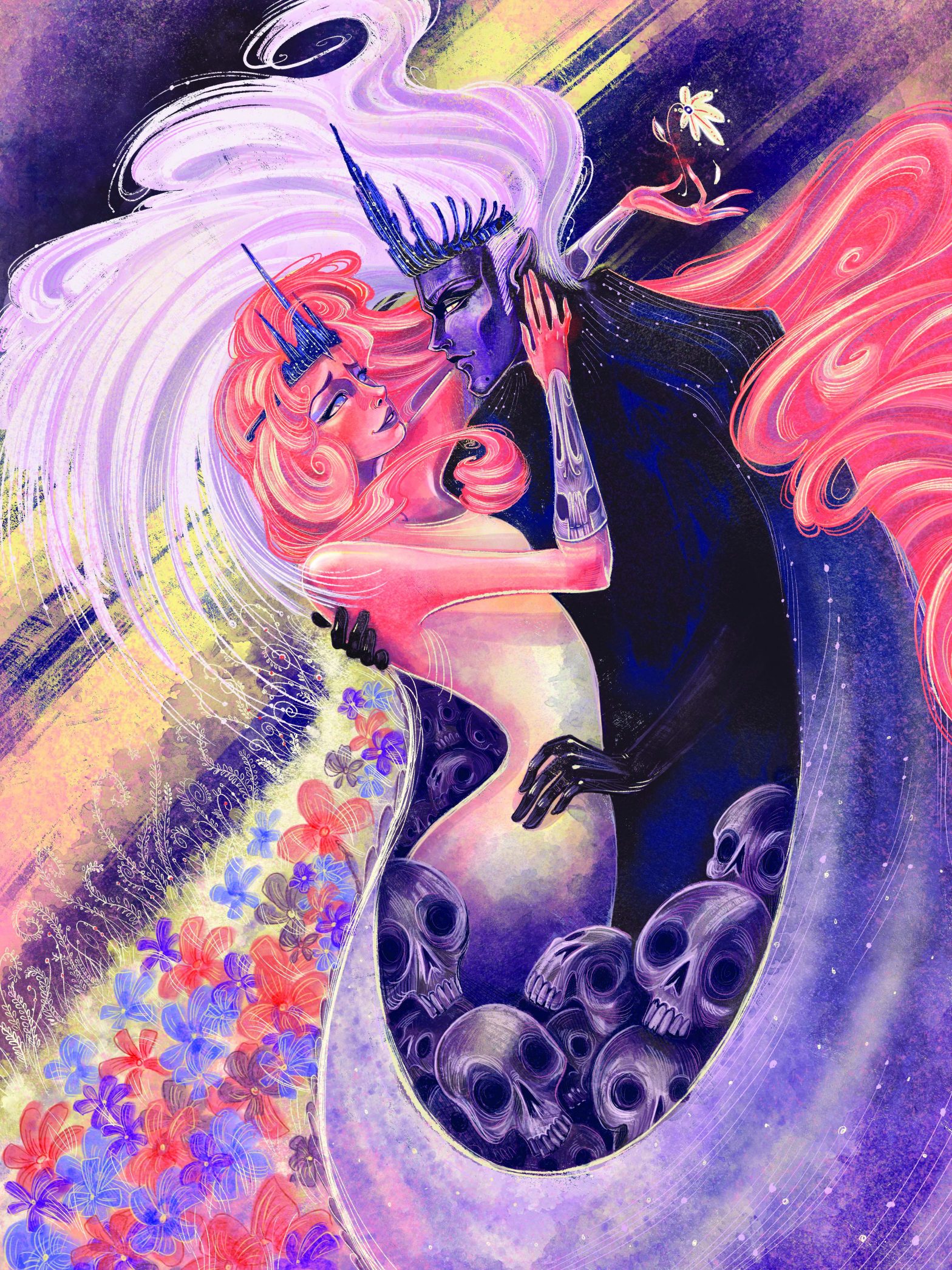
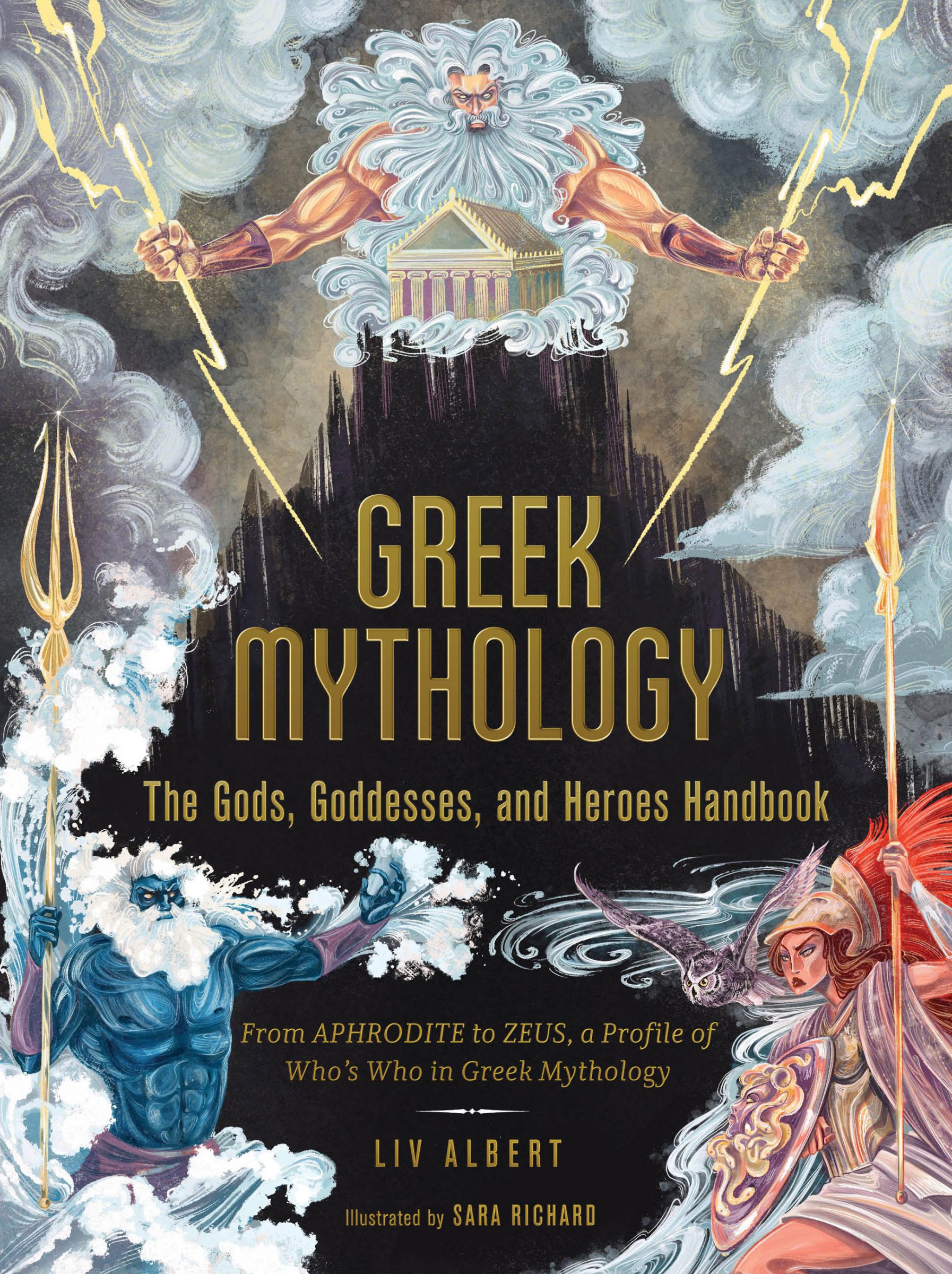
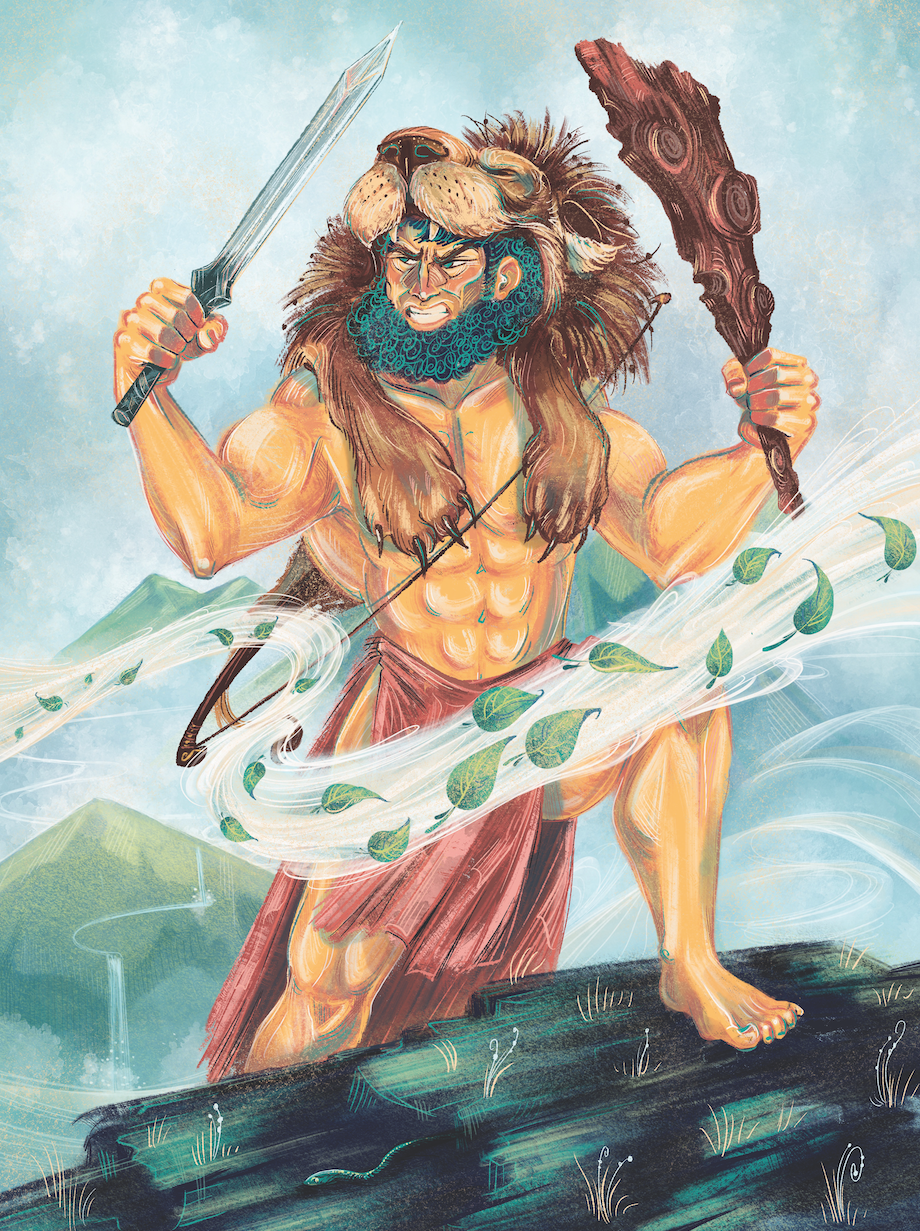
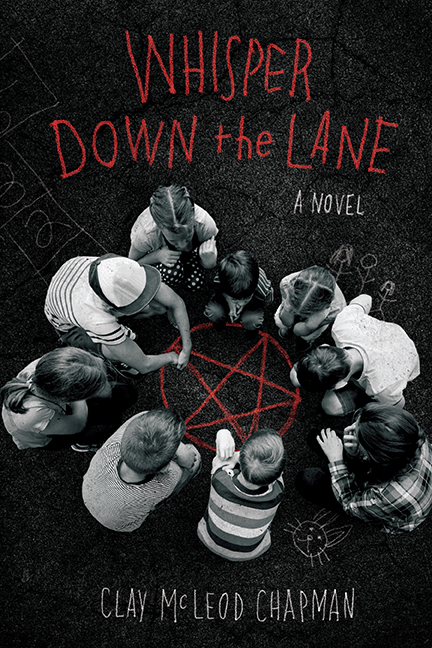



 Courtesy Corey Mesler
Courtesy Corey Mesler 